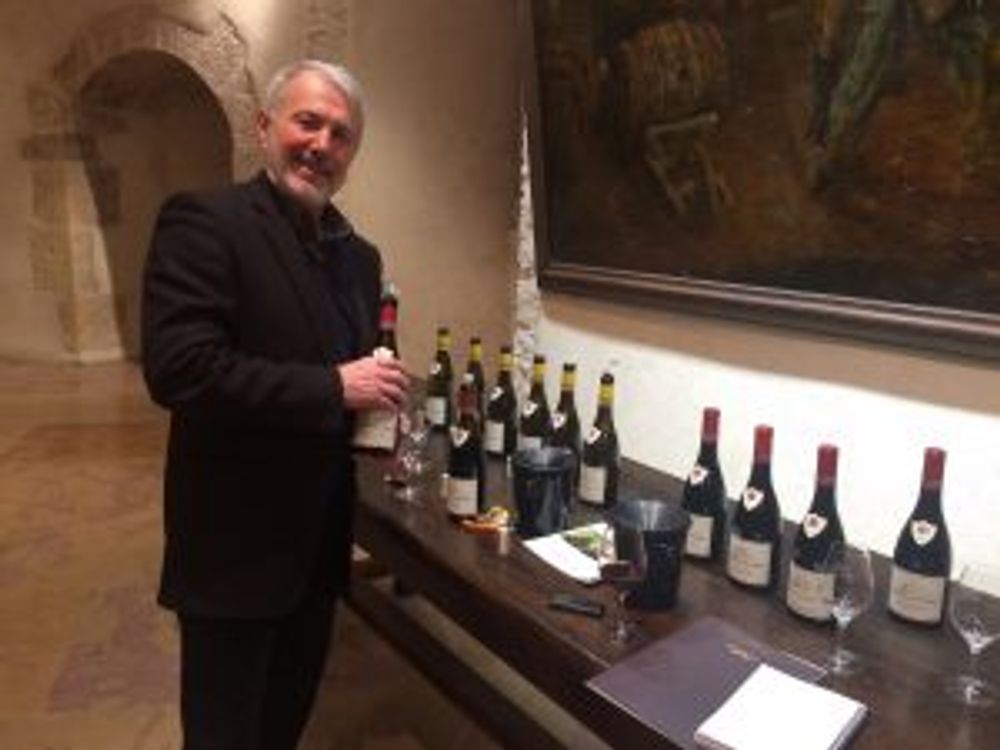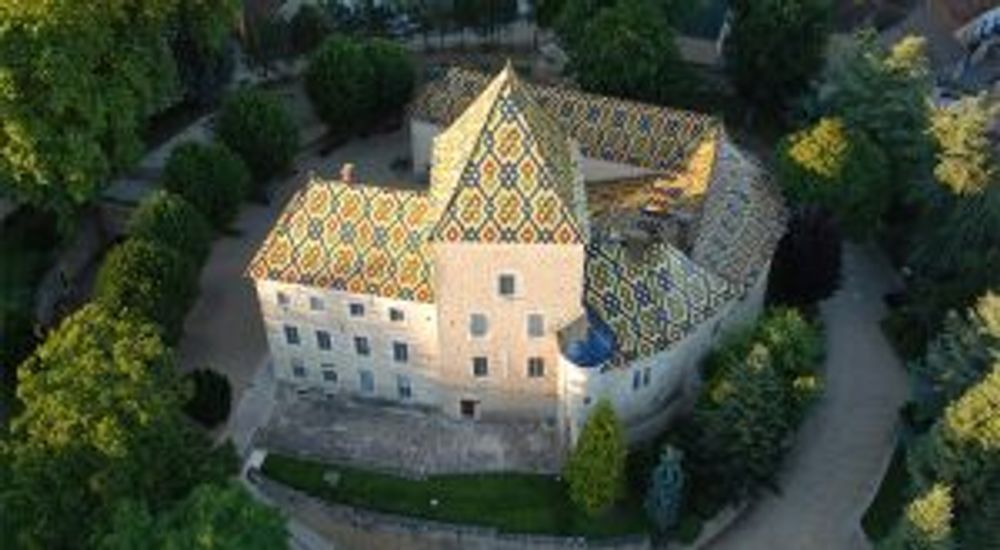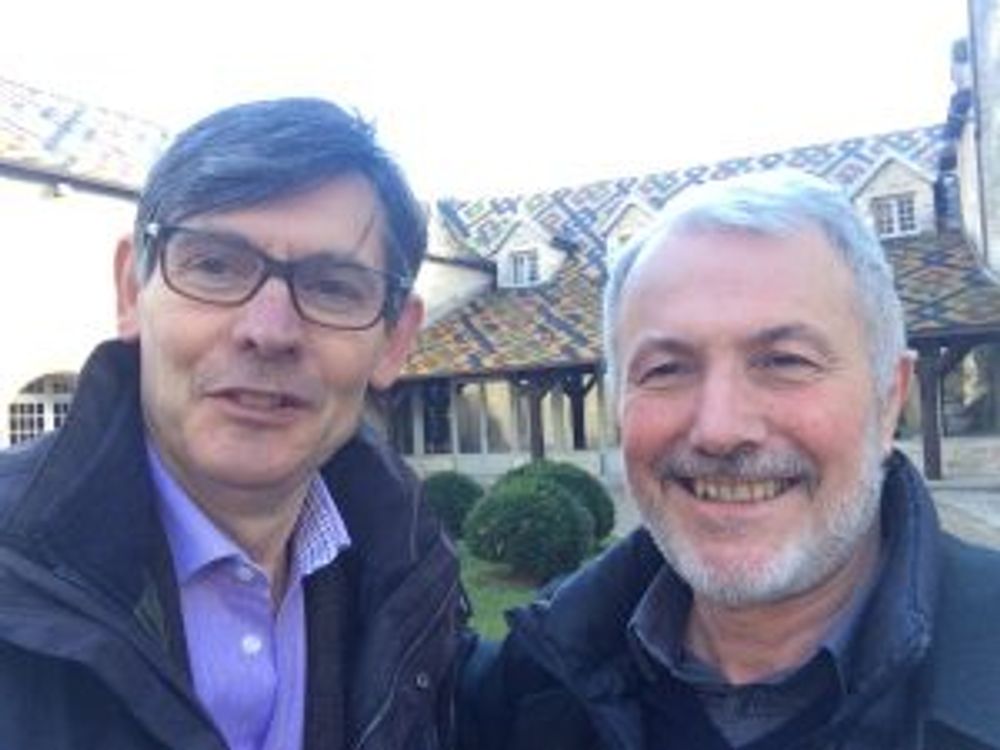Finally some good news – Burgundy 2017 will be a ‘full’ harvest with the whites, in particular proving to be “very elegant, fruity, with a really well-balanced acidity.”
Winemakers in Burgundy had many reasons to be cheerful in 2017. Unlike their hapless counterparts in Bordeaux, they do not have a tale of damage wrought by frost and hail necessitating trips to the bank for loans, well not in South Burgundy anyway. On the contrary, large producers such as Château de Santenay report a good harvest for 2017 with the prospect of ‘excellent’ white wines, in particular.

Winemaker Gérard Fagnoni
Gérard Fagnoni, the winemaker at Château de Santenay, who boasts three decades of experience at the château, describes the latest harvest as back to ‘normal’. Unlike 2016, there was virtually no frost and no hail, so the volumes will be the highest for several years. Both the red and whites look to be of good quality – but his hopes are highest for the whites.
The fermentation of the whites has been very ‘quiet’, the winemaker says, and the samples from the barrels show the whites to be ‘very elegant, fruity, with a really well-balanced acidity’.
Château de Santenay, just south of Beaune, is a large winemaking estate that produces four wines from plots within the small village of Santenay where the castle, dating back to early medieval times and sporting a traditional tiled roof, is situated. But its 90 hectares divided between the Côte d’Or and the Côte Chalonnaise also comprise nearby parcels in more than a dozen prestigious appellations including Mercurey, Beaune, St-Aubin and Aloxe-Corton.

The jewel in the crown is a slice of the Grand Crus Clos de Vougeot vineyard, remarkable for being several hundred metres in length but a mere five rows of vines wide, testament to the vagaries of French inheritance customs over the centuries.
On top of this, the château buys in grapes from other growers to vinify and age, thereby meaning that illustrious names such as Meursault, Puligny Montrachet, and Gevrey-Chambertin also grace the Château de Santenay label. Some people find Burgundy’s classification perplexing, but the grape varietals in Burgundy couldn’t be more straightforward: Pinot Noir and Chardonnay.
If you get a chance to taste the Clos de Vougeot you are in for a treat. I tested the 2015 red which, though young, already reveals intimations of what it will offer as it ages, powerful with concentrated black fruit aromas. But that is very much up the premium end selling in the château’s visitors’ shop at €70 a bottle. Something more affordable is the St-Aubin En Vesvau at around €18.
Fagnoni explains proudly that this is at the heart of the range of whites. And it has just won Le Guide Hachette Des Vins 2018 prized Coup de Coeur, part of a haul of half a dozen awards recently garnered by the producer. Château de Santenay’s light touch with oak ageing shows here – there is good ripe fruit and the minerality highlights the complexity of the wine.

Victor Smart and Gérard Fagnoni, Santenay, December 2017
You might expect someone who makes wines in some of the most sought-after wine real estate in the world to talk endlessly about terroir. Yet what Fagnoni comes back to repeatedly is typicité, or the degree to which a wine reflects its varietal origins. The château’s new style is to make wines that are “very clean and very precise which respect the grape variety”. It’s a style that plays well with young people, he insists.
There are inevitably a few clouds in sky. Château de Santenay must soon have some earnest discussions with its UK distributor Liberty Wines about compensating for the post-Brexit fall in the pound. But there has been progress of sorts on another issue – Liberty seems to have quietly dropped its insistence that even wines from august Burgundian appellations should come with a screw cap rather than what the rest of the world receives, a cork.
































